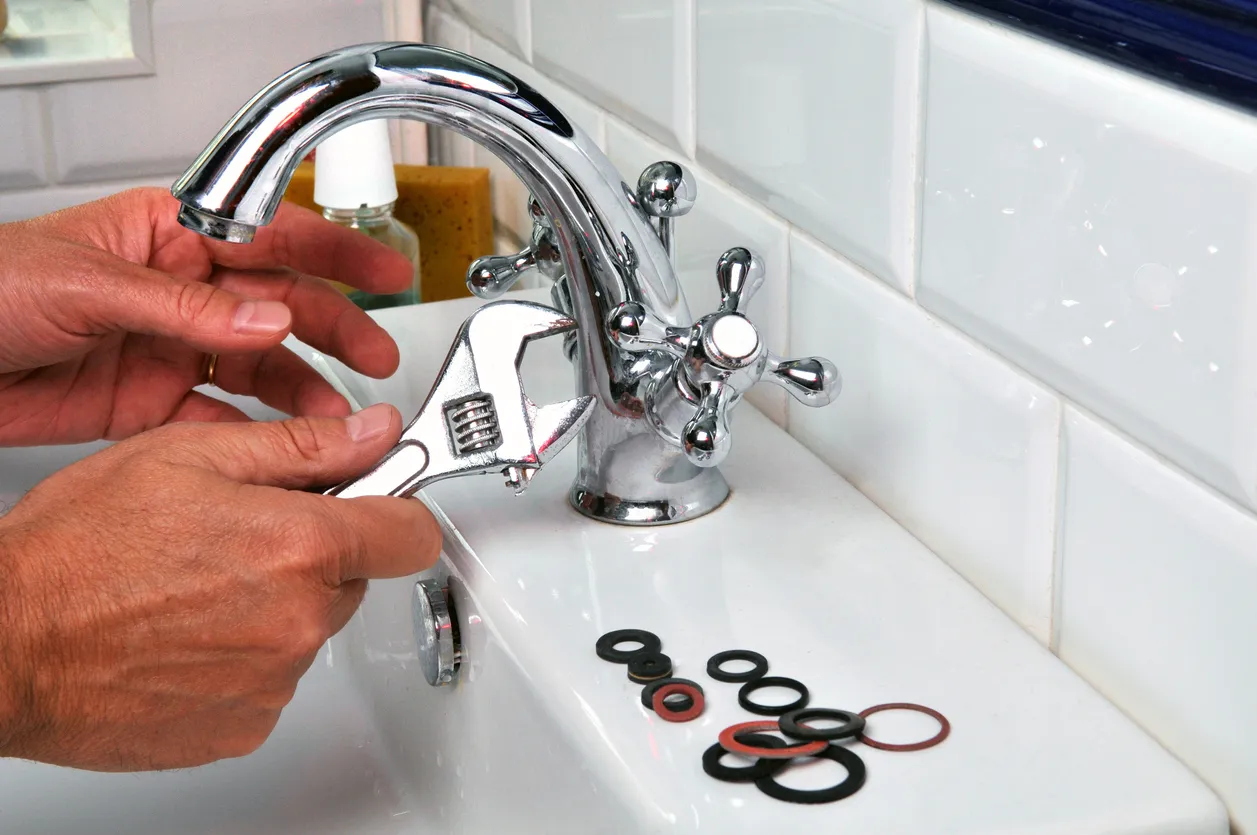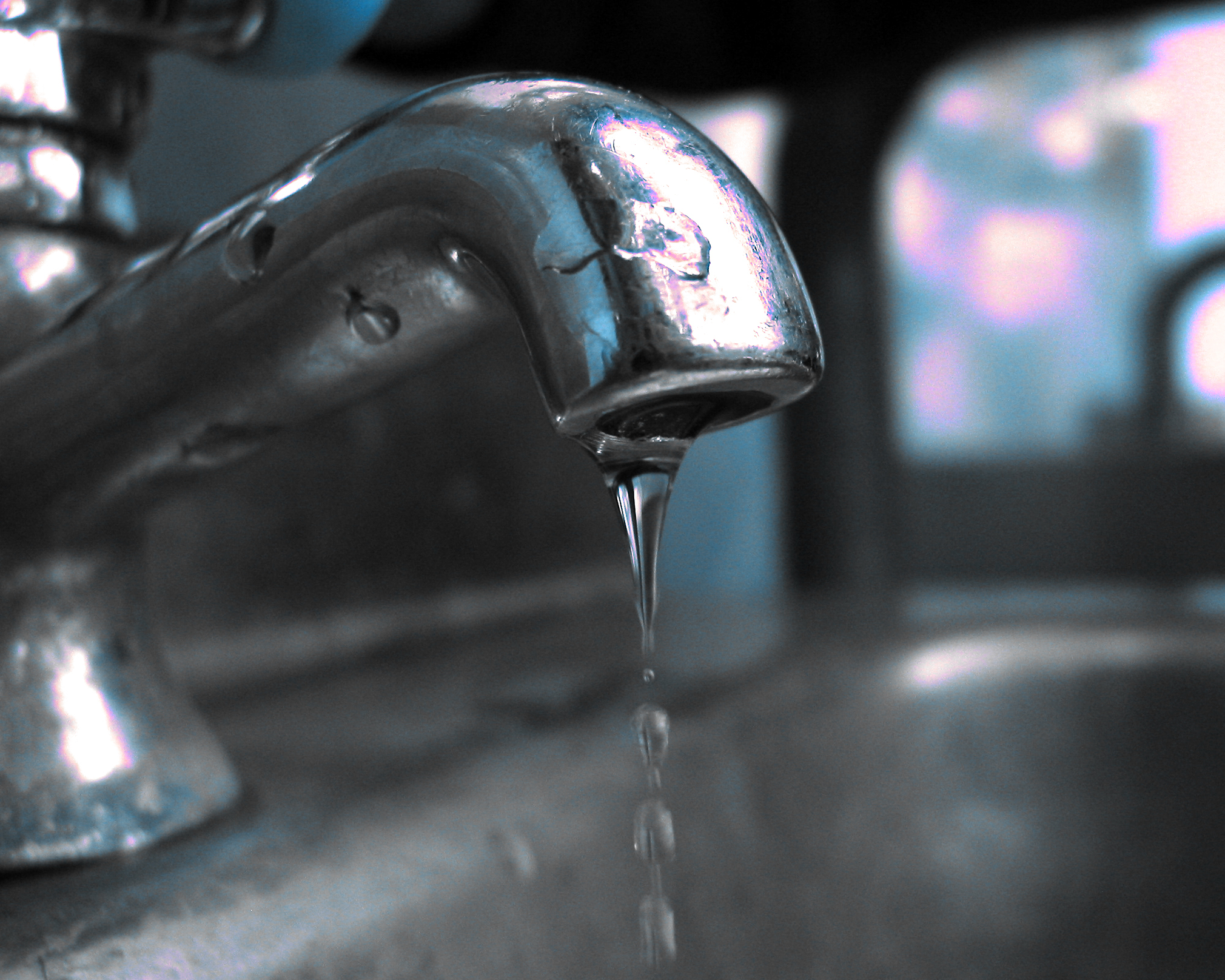Everybody will have their own individual assumption with regards to 4 Common Reasons for a Leaky Faucet.

Dripping faucets might look like a minor trouble, however their effect exceeds simply the nuisance of the noise. From drainage to sustaining unneeded monetary costs and health risks, neglecting a dripping tap can cause different consequences. In this article, we'll look into why it's critical to resolve this typical family problem immediately and successfully.
Waste of Water
Ecological Influence
Trickling taps contribute considerably to water wastage. According to the Epa (EPA), a solitary faucet leaking at one drip per second can waste greater than 3,000 gallons of water annually. This not only pressures water sources but additionally impacts communities and wild animals depending on them.
Financial Expenses
Increased Water Costs
Beyond the ecological impact, trickling faucets can blow up water bills considerably. The collected waste over time converts into greater utility expenditures, which could have been stayed clear of with prompt repair services.
Prospective Residential Property Damages
Furthermore, extended trickling can result in damage to fixtures and surfaces bordering the tap. Water accumulation can trigger discoloration, deterioration, and also architectural issues if left unattended, leading to extra repair service prices.
Wellness Worries
Mold and Mold Development
The consistent visibility of dampness from a trickling tap develops an ideal environment for mold and mildew growth. These fungis not just jeopardize indoor air quality yet additionally present health and wellness risks, specifically for people with breathing conditions or allergies.
Waterborne Conditions
Stagnant water in dripping taps can become a breeding ground for germs and other virus, enhancing the threat of waterborne illness. Impurities such as Legionella germs thrive in stagnant water, potentially bring about major ailments when ingested or breathed in.
Do it yourself vs. Professional Repair service
Pros and Cons of Do It Yourself Repair Work
While some may try to fix a dripping faucet themselves, do it yourself repair work include their very own collection of obstacles. Without proper knowledge and tools, DIY efforts can worsen the concern or bring about insufficient repair work, extending the issue.
Benefits of Employing an Expert Plumber
Employing an expert plumber guarantees that the underlying reason for the dripping faucet is resolved properly. Plumbing professionals have the experience and tools to detect and repair faucet concerns effectively, saving time and minimizing the threat of more damage.
Step-by-Step Guide to Fixing a Dripping Tap
Devices Required
Before trying to fix a leaking faucet, gather the required devices, including a flexible wrench, screwdrivers, replacement components (such as washers or cartridges), and plumber's tape.
Usual Tap Issues and Their Solutions
Identify the sort of faucet and the certain issue triggering the drip. Usual problems include worn-out washing machines, rusty valve seats, or malfunctioning O-rings. Describe manufacturer directions or on-line tutorials for detailed support on fixings.
Preventive Measures
Regular Maintenance Tips
To prevent leaking faucets, do regular upkeep such as cleansing aerators, inspecting for leakages, and changing damaged parts immediately. Additionally, consider installing water-saving devices or upgrading to much more efficient fixtures.
Importance of Prompt Services
Resolving trickling taps as quickly as they're seen stops additional water wastage and potential damages, inevitably saving both water and money in the future.
Effect On Residential Property Value
Assumption of Well-Maintained Residential Property
Maintaining a property in good condition, consisting of addressing upkeep problems like trickling faucets, boosts its perceived worth and worth among prospective customers or renters.
Impact on Resale Worth
Residences with properly maintained plumbing fixtures, including taps, command higher resale values in the realty market. Resolving dripping faucets can contribute to a positive perception during residential or commercial property inspections and arrangements.
Environmental Duty
Private Payment to Preservation
Taking responsibility for taking care of trickling taps straightens with more comprehensive initiatives towards water preservation and ecological sustainability. Every individual's actions jointly make a substantial influence on protecting valuable resources.
Lasting Living Practices
By prioritizing prompt repairs and taking on water-saving routines, individuals add to lasting living practices that profit both present and future generations.
Conclusion
Resolving a leaking tap exceeds mere comfort; it's a necessary step towards conserving water, minimizing monetary prices, and protecting wellness and residential property. Whether through DIY fixings or professional help, doing something about it to repair leaking taps is a small yet impactful way to advertise responsible stewardship of sources and add to a healthier, much more sustainable future.
How to Fix a Dripping or Leaky Faucet
A leaking faucet is one of the most common problems that homeowners encounter, but it being commonplace doesn’t make it any less annoying. The constant drip drip drip of a leaking bathtub faucet, showerhead, or sink tap can disturb your home’s serenity. Left neglected, a dripping faucet can also result in higher water bills and discoloration or mold growth in your sink or plumbing fixtures.
Fortunately, you don’t have to be a trained plumber to know how to stop a dripping faucet. With some basic tools, replacement parts, and a little patience, leaky faucet repair is a breeze. In this article, we’ll explain what causes dripping faucets and how you can fix them.
What Causes a Leaking Faucet?
Kitchen and bathroom faucets come in all manner of designs, but most involve some combination of valves, O-rings, seals, and washers. The O-ring is usually the weakest link, but any one of these pieces can wear down over time. Heat, moisture, temperature fluctuations, minerals, mold, and movement can contribute to warping and corrosion, breaking the watertight seal. This just comes with the territory of being a homeowner. Everything is always subject to wear and tear, and some component parts of your appliances and fixtures need to be replaced on occasion. At least replacement O-rings are cheap!
More rarely, dripping faucets can be a symptom of excessively high water pressure. Were this the case in your home, you would probably notice that the leak is not isolated to one faucet. Water pressure issues are harder to resolve on your own. We recommend contacting a professional plumber if you suspect your water pressure is too high.
How to Fix a Dripping Faucet
Pipe wrench or monkey wrench Allen wrench set Screwdrivers Old towel or rag Shut off the water.
Before you do anything, you need to turn off the water to keep from drenching your kitchen or bathroom. You should find a valve under the sink and against the wall. Once you’ve turned this valve, try turning the faucet on to confirm that the water source has been cut off.
If you can’t locate your local valve for the faucet you’re working on, you can always shut off the water to the house at the main valve. Of course, this will prohibit anyone from using the sinks, showers, or toilets while you’re working on the faucet that’s giving you trouble.
Plug or block the drain.
You’ll be disassembling the faucet and removing some small bits of hardware. Plug the drain with a stopper or rag to avoid the possibility of a small screw falling into your P-trap.
Take apart the faucet assembly.
There are several varieties of kitchen and bathroom faucets, each with its own manner of assembly. For detailed instructions on how to disassemble your faucet, you can refer to the fixture’s manual or contact the manufacturer. If you know whether you have a ball, disc, cartridge, or compression faucet, you can find detailed schematics online.
In general, you need to begin by removing the faucet handles. You might notice a small screw that you’ll need to remove with a screwdriver or Allen wrench. If you don’t see any visible securing hardware, it’s likely hidden under a decorative cap that can be unscrewed or popped off with flathead screwdriver.
Remove each piece methodically, consulting a schematic when necessary. Take notes or arrange the pieces in such a way to make it easier to correctly reassemble the faucet later.
Remove the cartridge.
Once you’ve removed the handles and securing hardware, you should be able to remove the valve cartridge or stem. Some cartridges will slide right out. Other faucet models will require you to loosen a nut with a pipe wrench before you can remove the valve stem.
Examine the exposed hardware.
With the cartridge or stem removed, inspect the component parts. Check the rubber O-rings for wear and tear. Also examine the seat washer for corrosion or other damage. These pieces are usually the responsible parties for a dripping faucet, but it’s worth inspecting the other component parts while you have the faucet disassembled.
Find replacement parts.
Once you’ve identified which faucet component has failed, find an identical replacement. Your local hardware store should have O-rings, seat washers, and other standard components in stock. If you have a luxury or uncommon faucet, you may have to contact the manufacturer for a replacement part.
It’s a good idea to take your old parts with you to the hardware store so you can compare them with the store’s inventory and be sure you’re purchasing the correct replacement.
Reassemble the faucet.
With your new parts in hand, reconstruct the faucet and handles. Don’t be tempted to overtighten screws or nuts. You might think this could create a better seal, but it can instead damage or bend a delicate part of the assembly and create a new problem for you.
Turn on the water and test the faucet.
The only thing left to do is test your work. Unplug the sink, turn the water back on, and try the faucet. Congratulate yourself on a job well done!
https://www.libertyhomeguard.com/how-to-fix-a-dripping-or-leaky-faucet/

We were made aware of that report on from a friend on another website. Enjoyed reading our article? Please share it. Let someone else check it out. Thank-you for your time invested reading it.